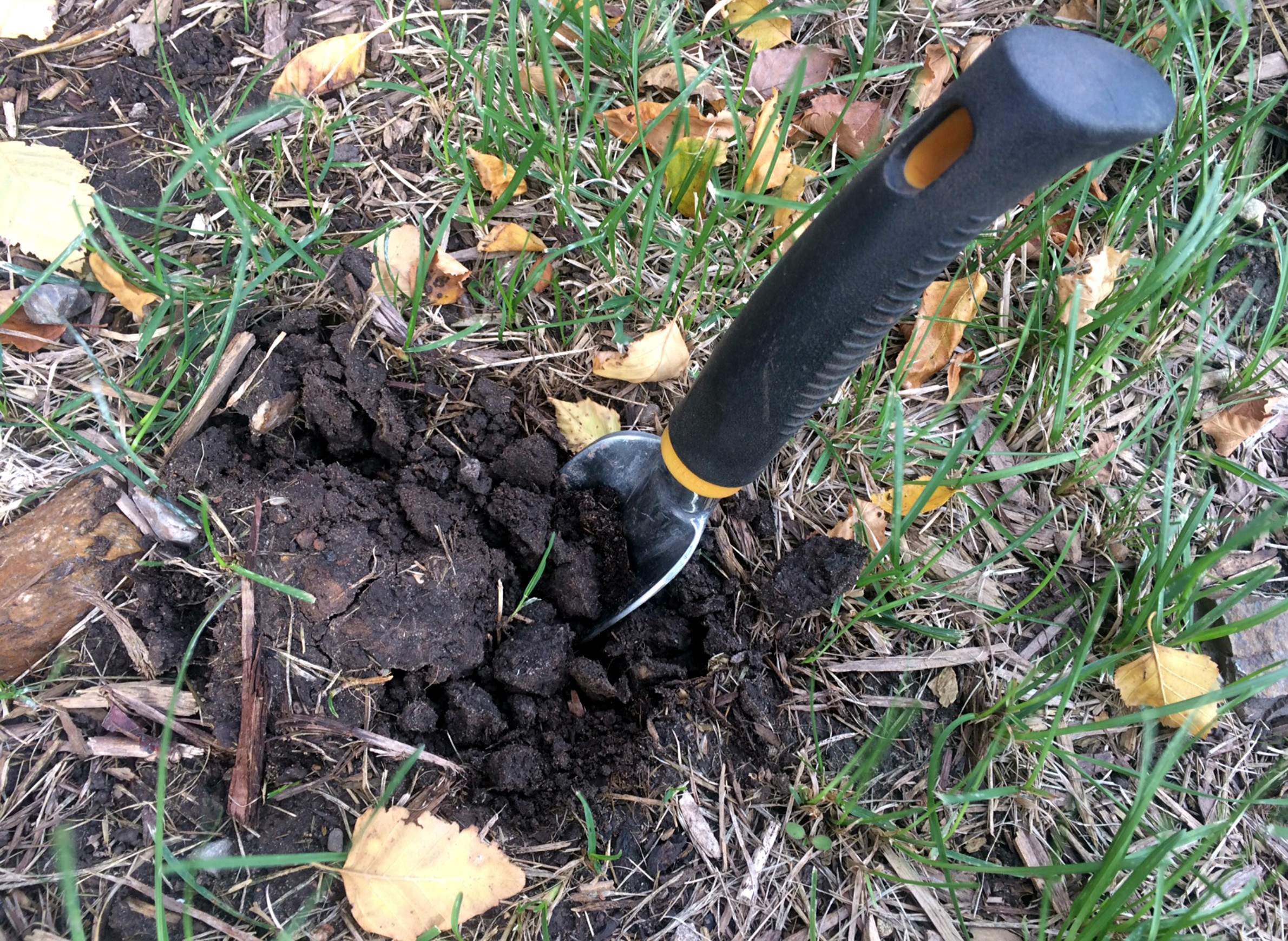
The Value Of Soil Tests Before Putting A Garden To Rest
When putting a garden to rest for the winter, it's best to include time spent thinking of ways to improve its soil for the following year's crop. Healthy soil is the foundation of successful gardening, and a simple test can reveal the existing nutrient levels and help in strategizing efforts to improve its condition ahead of the next growing season.
Why test a garden's soil? Efforts to improve garden soil often take a blind approach; fertilizers, lime, sulfur and other materials are added without knowing a garden plot’s existing nutrient status. This approach can be ineffective in improving plant growth and can do more harm than good for the soil and plants.
Plants generally respond better to an approach that considers specific needs than to a broad application of nutrients. The old saying, "If one pound is good, two are better and three must be best" is not applicable to fertilizers, as it can burn the plants' foliage if used at an indiscriminate rate. Customizing nutrient application to plants' needs can save money, prevent plant disorders and avoid the unnecessary waste of nutrients leaching on the soil's surface. A test can determine the current nutrient status of a soil sample, and can offer insight on nutrient application that is tailored to the needs of specific plants.
What nutrients are tested? A general home and garden soil test analyzes the pH of the soil, organic matter content, and phosphorous and potassium nutrient levels. In addition, a test report may offer recommendations on appropriate nutrient application based on the given crop to be planted. However, a test will not analyze the nitrogen level in the soil, as the amount of this nutrient fluctuates widely, and results cannot be accurately interpreted. (The University of Wisconsin Soil and Forage Laboratory can test for other nutrients like calcium, magnesium, zinc, boron or contaminants like lead, for an additional cost.)
When should soil be tested? Fall is one of the best times of the year to test garden soil, as it gives considerable time to adjust the soil's pH. If the test indicates that more organic matter is needed, the composting of appropriate quantities of materials like fallen leaves that are readily available in the fall can be started. Additionally, Wisconsin’s spring weather is often too wet to take a good soil sample core for testing.
How should a soil sample be gathered? To ensure an accurate test result, it is critical to collect a good representative garden soil sample. Soil samples should be collected from at least 10 random spots that represent the entire garden plot. A soil probe, shovel, trowel or soil auger can be used for collecting samples. In each spot, the sample core should be collected from a depth of 5 to 7 inches. For lawn soil, the samples can be collected at a depth of 4 inches. All of the collected soil sample cores should be mixed together in a large container, and two cups of the blended soil should be placed in a clean plastic bag.
The University of Wisconsin-Extension recommends testing garden soil once every three to five years. Once a sample is collected, it can be brought to a local Extension office. It can take around 10 business days for a soil test to be conducted and a report issued.
Vijai Pandian is a horticultural agent and educator for the University of Wisconsin-Extension Brown County. This article is adapted from an item originally published by the Green Bay Press Gazette.


